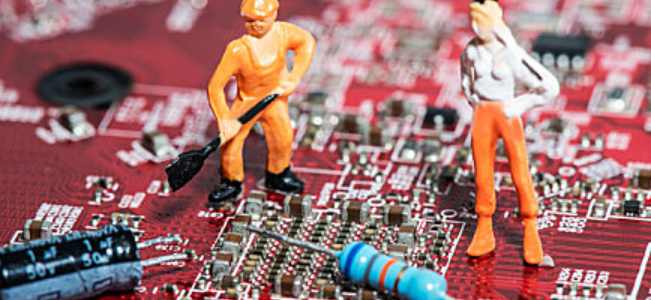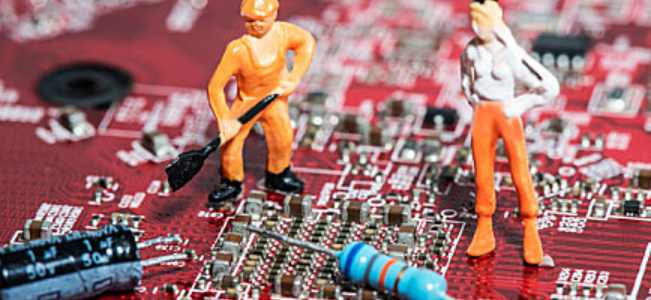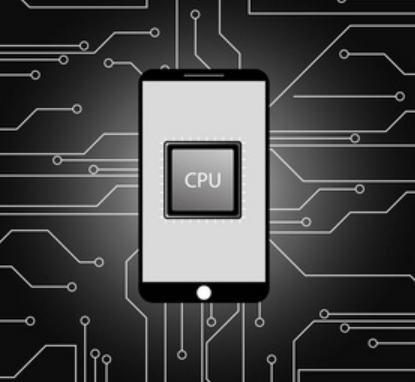
The through hole design is an important factor in the design of high speed PCB. It consists of the hole, the pad area around the hole and the POWER layer isolation area. It is usually divided into blind hole, buried hole and through hole. In the process of PCB design, the parasitic capacitance and inductance of through hole are analyzed, and some matters needing attention in the design of high speed PCB through hole are summarized.
At present, the design of high-speed PCB is widely used in the fields of communication, computer, graphics and image processing. All the high-tech value-added electronic products are designed to pursue the characteristics of low power consumption, low electromagnetic radiation, high reliability, miniaturization, lightweight, and so on. In order to achieve the above goals, the design of through hole is an important factor in the design of high-speed PCB.
1, through the hole
Perforation is an important factor in multi-layer PCB design. A perforation is mainly composed of three parts, one is the hole; Second, the welding pad area around the hole; Third, the POWER layer isolation area. The process of passing the hole is to plate a layer of metal on the hole wall cylindrical surface of the hole with the method of chemical deposition to connect the copper foil in the middle of each layer, and the upper and lower sides of the hole are made into ordinary pad shape, which can be directly connected with the upper and lower sides of the line, but also not connected. The hole can be used for electrical connection, fixing or positioning of components. The schematic diagram of the hole is shown in Figure 1.
Blind hole: a hole on the top and bottom surfaces of the printed circuit board, of a certain depth, used to connect the surface circuit to the inner circuit below. The depth of the hole is usually not more than a certain ratio of the aperture.
Buried hole refers to a connection hole located in the inner layer of the printed circuit board that does not extend to the surface of the printed circuit board.
Both blind holes and buried holes are located in the inner layer of the circuit board, which is completed by the through hole molding process before lamination. Several inner layers may be overlapped during the through hole formation process.
Through hole. This hole runs through the entire circuit board and can be used for internal interconnection or as a positioning hole for component installation. Because the through hole in the process is easier to realize, the cost is lower, so the general printed circuit board is used
Through the hole.
2. Parasitic capacitance through the hole
There is a parasitic capacitance to the ground through the hole itself. If the diameter of the isolation hole through the hole on the laying layer is D2, the diameter of the welding plate through the hole is D1, the thickness of PCB is T, and the dielectric constant of the substrate is ε, the parasitic capacitance through the hole is approximately:
C =1.41εTD1/(D2-D1)

The main impact of the parasitic capacitance through the hole on the circuit is to prolong the rise time of the signal and reduce the speed of the circuit. The smaller the capacitance value is, the smaller the impact will be.
3. Parasitic inductance through the hole
In the design of high speed digital circuit, the harm caused by the parasitic inductance is often greater than the influence of the parasitic capacitance. The parasitic series inductance through the hole will weaken the effect of the bypass capacitor and weaken the filtering effect of the whole power system. If L refers to the inductance of the hole, h is the length of the hole, d is the diameter of the central hole,
The parasitic inductance through the hole is approximately:
L=5.08h[ln(4h/d) 1]
It can be seen from the formula that the diameter of the through hole has little influence on the inductance, while the length of the through hole has the biggest influence on the inductance.
4. Non-perforated pilot hole technology
Non-perforated pilot holes include blind holes and buried holes.
In the non-perforated pilot hole technology, the application of blind holes and buried holes can greatly reduce the size and quality of PCB, reduce the number of layers, improve electromagnetic compatibility, increase the characteristics of electronic products, reduce costs, but also make the design work more convenient and fast. In traditional PCB design and processing, through hole can bring many problems. Firstly, they occupy a large amount of effective space. Secondly, a large number of through holes are concentrated together, which also causes huge obstacles to the wiring of the inner layer of multilayer PCB. These through holes occupy the space required for the wiring. And conventional mechanical drilling will be 20 times more work than using non-perforated pilot hole technology.
In PCB design, although the size of pad and through hole has been gradually reduced, if the thickness of the plate is not decreased proportionally, it will lead to the increase of the aspect ratio of through hole, which will reduce the reliability. With the maturity of advanced laser drilling technology and plasma dry corrosion technology, it is possible to apply non-penetrating small blind holes and small buried holes. If the hole diameter of these non-penetrating guide holes is 0.3mm, the parasitic parameters brought by them are about 1/10 of the original conventional holes, which improves the reliability of PCB.
Because of the non-through-hole technology, there are fewer large through-holes on the PCB, thus providing more space for wiring. The remaining space can be used for large area masking to improve EMI/RFI performance. At the same time, more remaining space can be used internally to partially shield components and key network cables for optimal electrical performance. By using non-perforated pilot holes, it is more convenient to fan out the device pins, making high-density pin devices (such as BGA packaged devices) easy to wire, shorten the line length, and meet the requirements of high-speed circuit timing.
5. Hole selection in ordinary PCB
In the ordinary PCB design, the parasitic capacitance and parasitic inductance of the hole have little influence on the PCB design. For the 1-4 layer PCB design, the hole of 0.36mm/0.61mm/1.02mm(borehole/pad /POWER isolation area) is generally selected as the best. For signal cables with special requirements (such as power cables, ground cables, and clock cables), 0.41mm, 0.81mm, and 1.32mm holes can be selected. Other holes can also be selected according to actual conditions.
6. Hole design in high-speed PCB
Through the above analysis of the parasitic characteristics of the holes, we can see that in high-speed PCB design, seemingly simple holes often bring great negative effects to the circuit design. In order to reduce the adverse effects brought by the parasitic effect of the hole, the design can be as far as possible:









